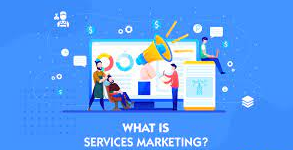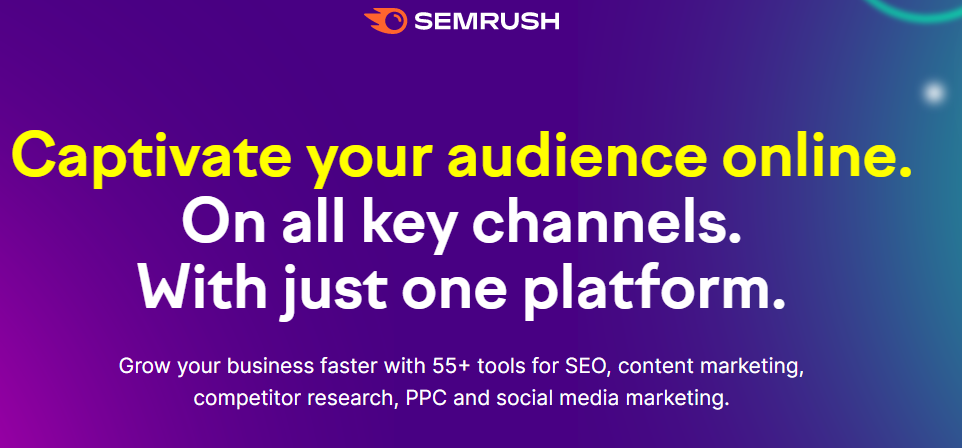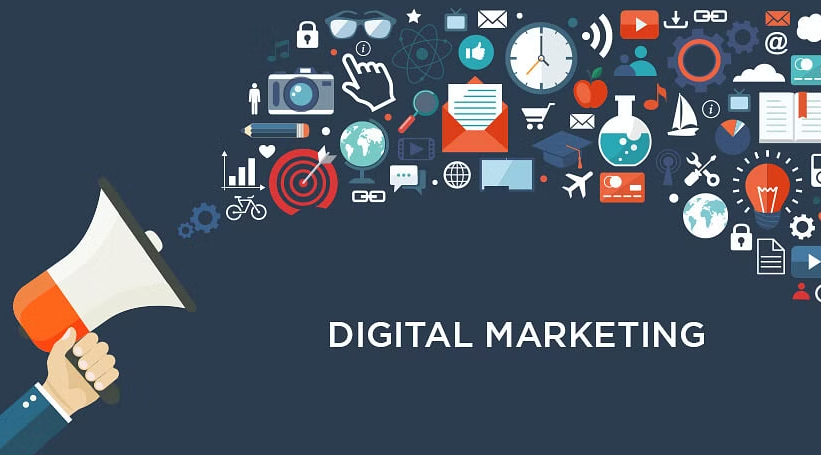If 3 people come up to us and ask about digital marketing strategies, chances are that all three will expect different things in return.
The person may need direction – in other words, they need to determine the best way to position their business online.
The second person may need to execute – which means they’ve defined their approach and ambitious goal to take over the entire Internet, they just don’t know how they’re going to achieve it.
Finally, the third person may need tactics – they may have direction and execution, but they may not be very good at it, so they go back to the drawing board for new tactics and techniques to achieve their goals.
Okay, so what is a digital marketing strategy?
It’s everything.
A digital marketing strategy is an outline of how you will achieve your online marketing goals.

Having a strong understanding of your digital marketing strategy will help you make the most of your investment and maintain consistency in your marketing efforts.
Here are 6 steps to creating a digital marketing strategy.
1. Set your goals
A good digital marketing strategy should be carefully developed based on facts. For example, how many people actually know that your business exists?
You should start your digital marketing strategy by looking in the face of the mirror.
Carefully analyze your previous marketing efforts to determine what worked best and what didn’t, and think about what your business needs to succeed.
Just set realistic goals that are achievable.

Many business owners call us and say, “Hey, LYFE, I need to reach $1,000,000 in the next 30 days. I have a $500 budget, and I want to know if your company is good enough to do that.”
At the same time we were like. “You know it’s worth more than $500, right…?”
Okay, we know you get it.
So no matter what, when you’re developing your digital marketing strategy, be sure to look in the mirror first, analyze your previous efforts and your market position, and set realistic marketing goals.
2. Create your own marketing funnel
A marketing funnel helps you outline the steps to increase awareness and ultimately convert people into sales.
Now there are 4 basic steps in any marketing funnel: awareness, consideration, conversion and advocacy.
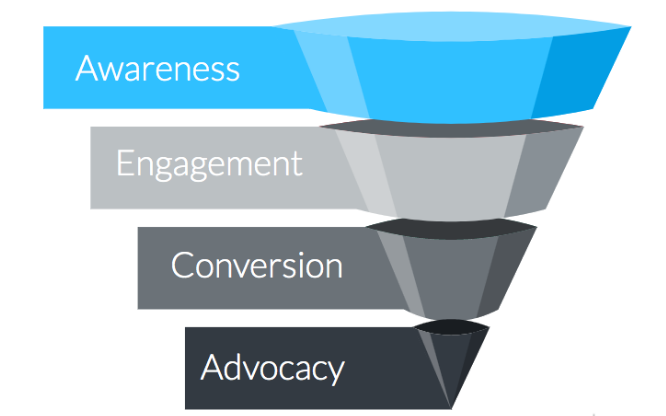
You can literally take the entire marketing funnel, put each step together, and use it to explain each component of your digital marketing strategy.
3. Identify your audience
Customer personas describe the characteristics of the people you think might buy your product.

It’s very important to have this, because to be successful in digital marketing you have to talk to the people who are most likely to buy from you.
If you don’t know who that person is, or worse, you know but can’t reach them-no matter how good your marketing strategy is, it won’t work.
You need to be able to speak directly to your audience’s specific goals and concerns and help them succeed.
So here’s what you need to do.
Put yourself in the client’s shoes.
Ask yourself:
Why should I buy this? List each reason.
Then figure it out:
Who are you?
How old are you?
Where do you live?
What is your life like?
What kind of job do you have?
What is your income?
What kind of entertainment do you usually have?
What do you watch on TV
What is your favorite social media app?
Then ask yourself:
Why wouldn’t I buy this? List each reason.
What’s wrong with your product?
What’s so confusing about it?
Does anyone have any questions?
Write down all the possible answers to all these questions.
4. Choose your marketing channel
Basically, in a perfect world, you need to sell to your customers no matter where they are.
If they’re looking for a company like yours on Google, add Google to your strategy.
If they’re on Instagram, add Instagram to your strategy.
Or, if they’re watching YouTube videos, you can create a YouTube channel.
Regardless, pick which channel your audience is on and include it in your strategy.
You think that’s the problem.

Budget.
Unless you have an infinite budget, you probably don’t have infinite marketing options to choose from.
Each marketing channel requires some effort (and money) to use it effectively.
So, once you’ve listed all the marketing channels your customers use, start prioritizing in order of effectiveness.
Now this will differ for different businesses. For example, if you’re a plumber, you may find more customers on Google than on Facebook.
Also, if you sell lotion, you may attract more customers on Facebook at a lower price than on Google.
So, here are the rules to follow:
One. Choose only marketing channels that reach your audience
Б. Prioritize your marketing channels based on their effectiveness.
в. To figure out what will work best, consider your business offerings and, most importantly, your customers.
5. Identify your content
There’s only one way to do that: provide value.
You have to provide your customers with some value so they can learn about your business, interact, and ultimately buy from you.
If you can’t provide them with any value, you can’t expect them to sell your business for their hard-earned money.

That said, content is one of the most effective ways to share value with your audience.
By types of content marketing we mean:
film
picture
social content
google ads
podcast
…… there’s more.
But as we said in the last step, you can simplify the process by getting to know your audience better.
Once that’s done, you can use the types of content they like to interact with.
Or what you have the ability to produce.
Either way, unless you’re making a fortune, you’ll need to pick a few content types and prioritize them.
A quick approach is to try to do everything, but be especially good at doing nothing.
So, decide on your content strategy and make every effort to produce that content.
6. Enforcement and analysis
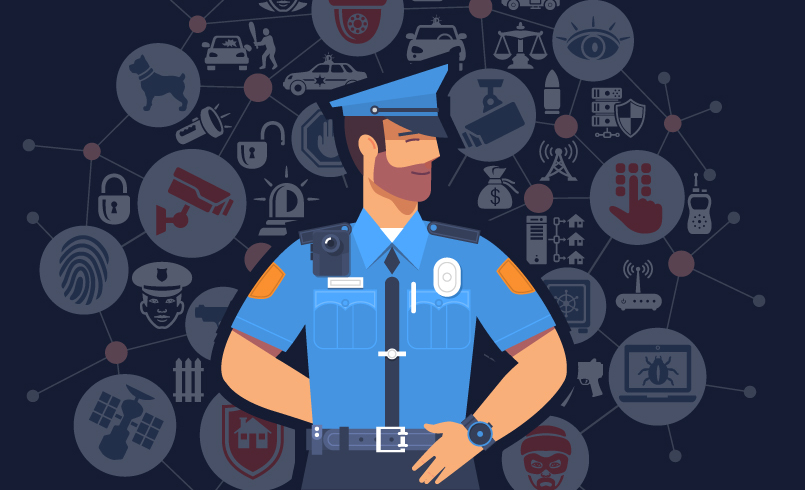
The final step is to stop thinking and start acting.
You’ve identified goals, funnels, audiences, messaging, funnels and content.
It’s time to launch your digital marketing campaign on the channel of your choice, using the messaging method you’ve defined, using the content you’ve created.
But let me warn you.
Once you’ve developed your marketing strategy and launched your campaign, the work doesn’t stop.
No, no, we’re just getting started.
If you abandon your marketing strategy now, you’re doomed to fail.
In our agency world, they call it “set it and forget it.”
Your digital marketing strategy is not set right away.
It’s constantly evolving.
You launch a campaign, measure the results and adjust them.
Then you launch the best campaign, measure the results and adjust it.


